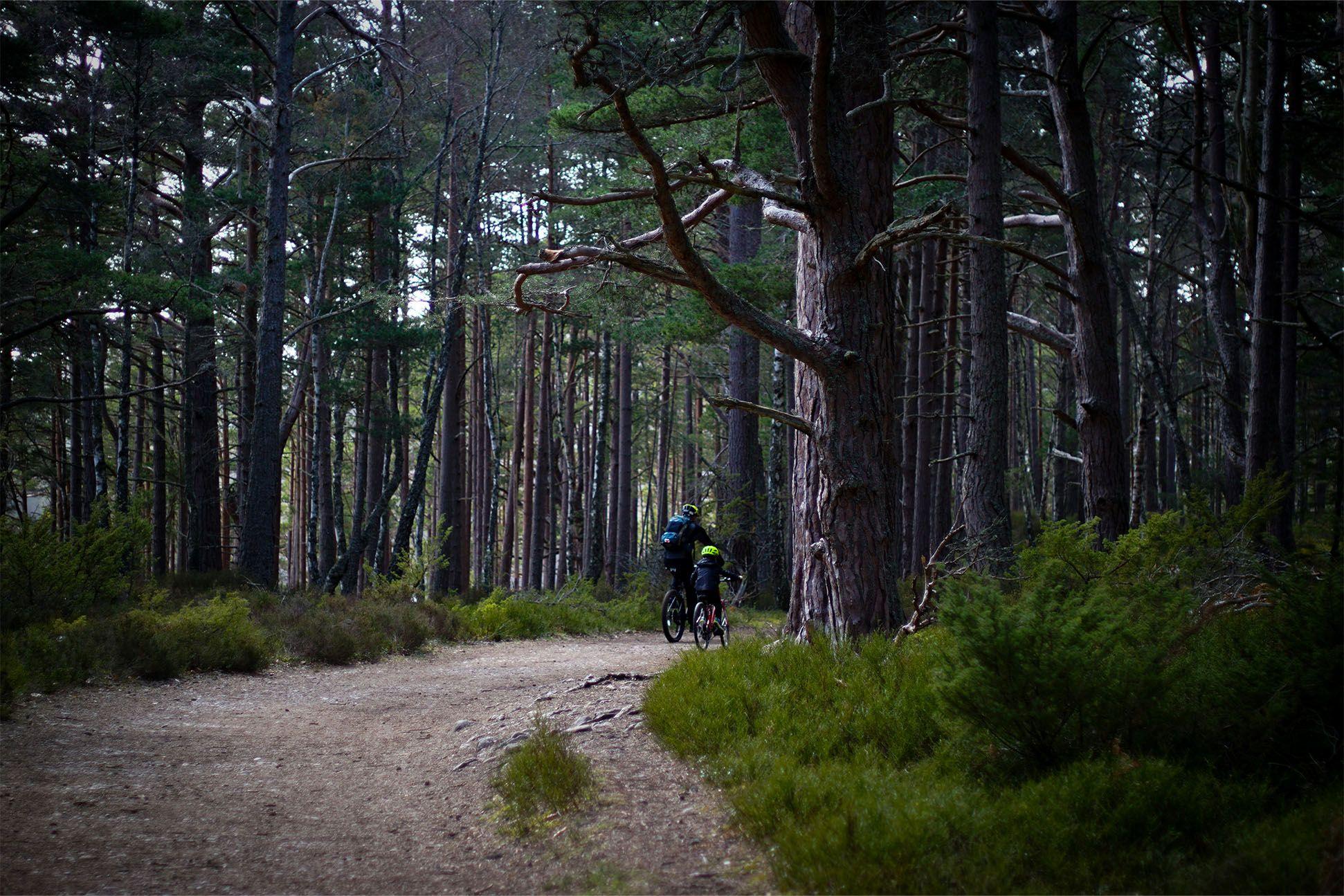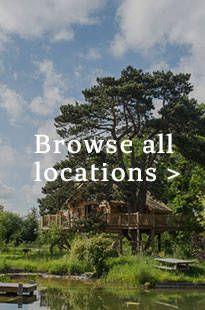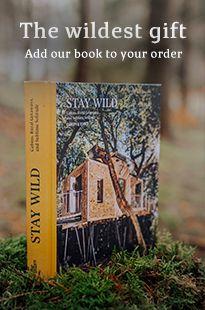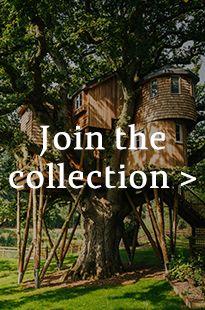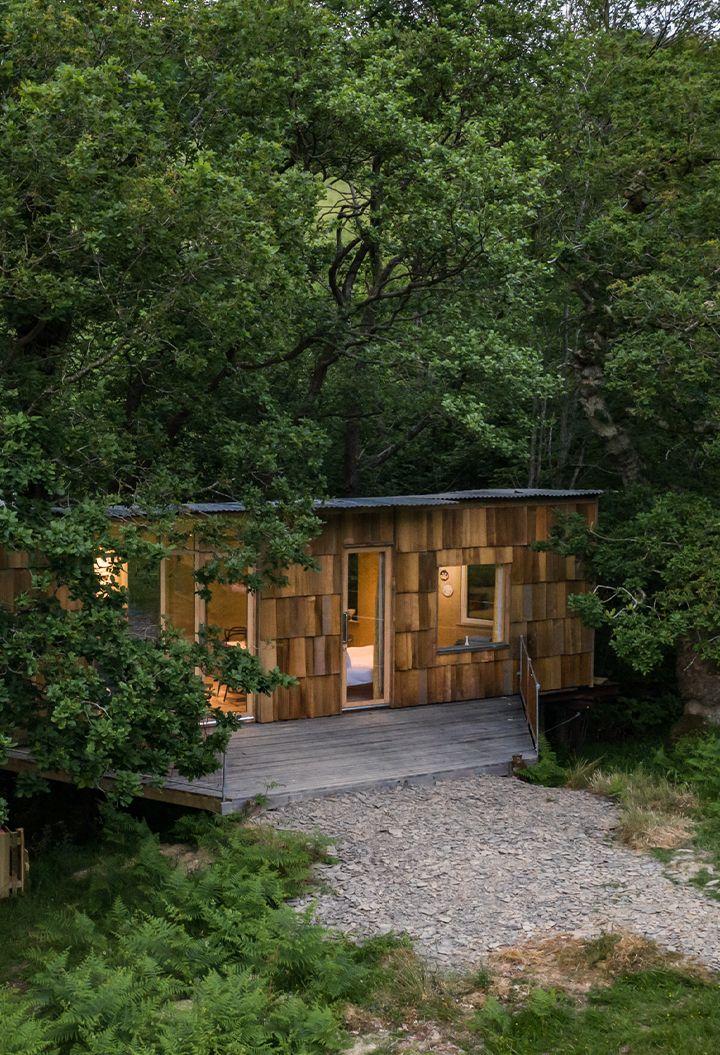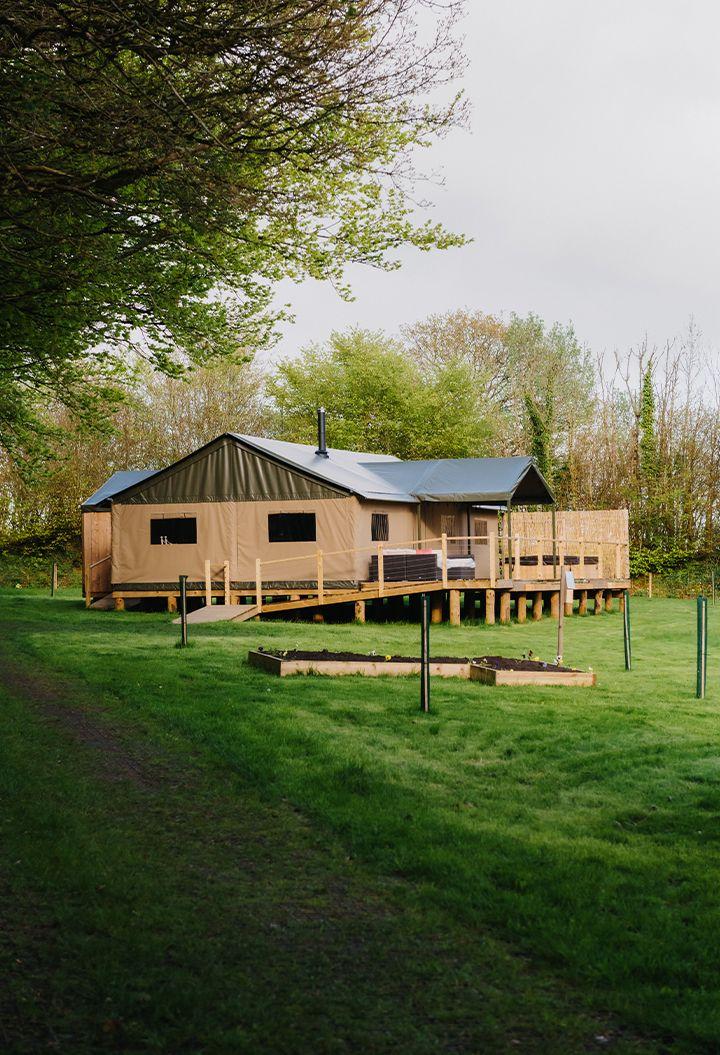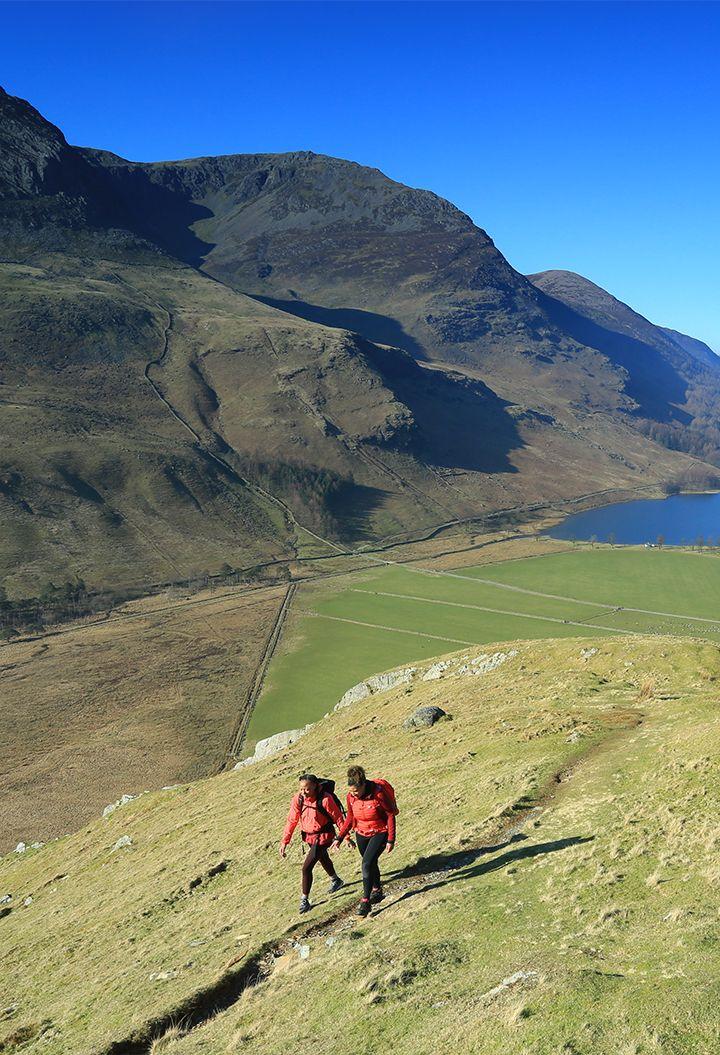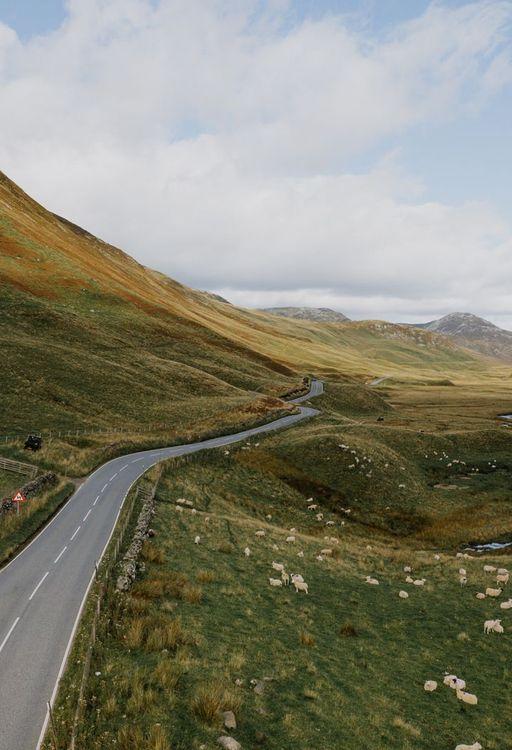
The UK's most accessible nature reserves
On some fronts, we’re a divided office. There are those of us that prefer yurts to shepherd’s huts, some that prefer an outdoor bath to the wood-fired hot tub – there’s even talk of a BBQ being superior to a pizza oven (sacrilege). But there is at least one very consistent point that we all agree on, from the top of the company to the bottom. And that’s that nature, and our country’s green spaces, are for everyone. Sadly, that’s often something more easily said than realised. It can be difficult working out where the best places are to experience the wild when you have additional support needs. Luckily, we’ve done a little research, and found a few spots that everyone can go get their nature fix!
The North
National Park: The Yorkshire Dales National Park
An international Dark Sky Reserve, The Yorkshire Dales National Park is a spectacle to behold at night, and still rather special during the day too. Around 23,500 residents live inside the park, but despite the human element, nature still thrives. Expect deer, puffins, black grouse and even otters! Even better, there’s plenty for people with disabilities or limited mobility, including all-terrain vehicles to hire for the harder to reach spots, and even some wheelchair-friendly routes.
Nature Reserve: Joe’s pond
Once an old coal pit pond, this magical little spot has managed to record 140 different species of bird on site – perfect for amateur (and pro) birders. In terms of accessibility, there are disabled toilets at the Rainton Meadows visitor centre, just next door (about 200m). Even better, work has been done to install 60 metres of elevated boardwalk which allows for a wheelchair and pushchair friendly route around the site.
The Midlands
National Park: The Peak District
There are a host of things to do in The Peak District, many of them accessible. The wildlife spotting alone is phenomenal, with all manner of species from great to small, like otters and Atlantic salmon, all the way to the Great Crested newt and the Billberry bumblebee. The park has 20 what it calls ‘miles without stiles’ routes, perfect with those with limited mobility, as well as all-terrain wheelchairs to hire and accessible bike equipment.
Nature Reserve: Brandon Marsh
Southeast of Birmingham, just outside of Coventry, Brandon Marsh Nature reserve is a massive 92 hectares of ponds, grassland and woodland with nine bird hides and roaming muntjac deer and foxes. Whilst the site is a wetland reserve, and can get tricky to navigate when muddy, it has some good accessibility credentials, as otherwise it’s relatively flat and wheelchair friendly. There’s also an induction loop system in place at the visitor centre.
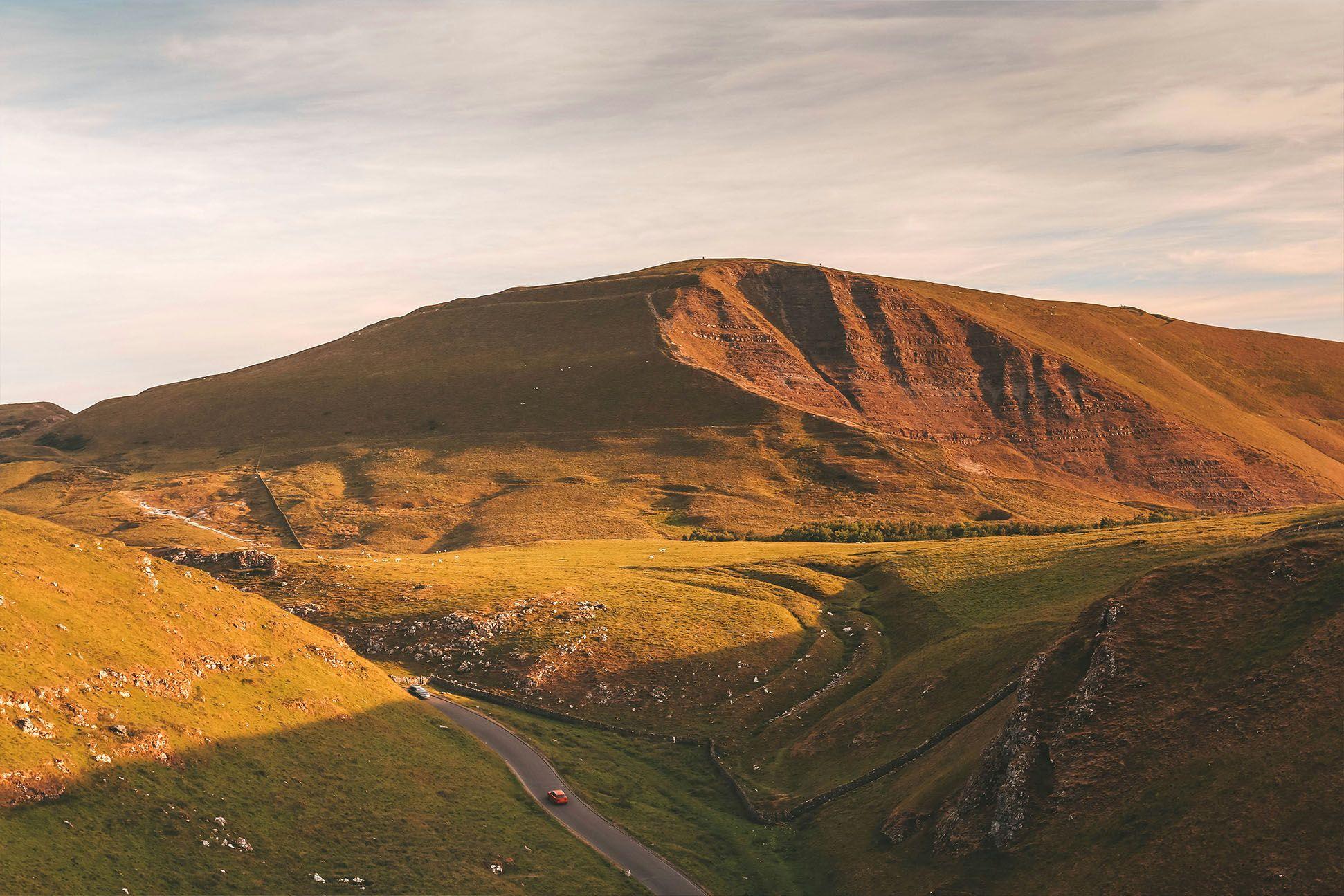
The South
National Park: Dartmoor National Park
It’s hard not to rate Devon well. It has a special place in everyone’s hearts, with many a childhood trip having been taken in its rolling green fields, or along its coast. But among its many other accolades, Devon boasts Dartmoor National Park – which, like The Peak District has ‘Miles without Stiles’ routes, blue badge parking bays and accessible toilets. Come for the butterflies, bird and ponies, and stay – at least – for an ice cream.
Nature Reserve: Meeth Quarry
Another excellent find in Devon, Meeth Quarry has 150 hectares of lakes, ponds, bogs, woodland, and grassland. Meeth Quarry has come back to life, with a large range of wildlife, with brown hares hopping about and, in the air, skylarks, tree pipits and plenty of butterflies. There is also a one-mile, multi-access trail, suitable for wheelchairs and mobility scooters.
Wales
National Park: Eryri (Snowdonia) National Park
The word ‘epic’ hardly cuts it when talking about Wales’s national treasure. Eryri is stunning beyond measure, at worst, a beautiful panorama that you’ll never get tired of looking at. At best, a wildlife haven and playground for those wishing to respectfully immerse themselves in mile upon mile of wild space. Eryri is unmissable, and thankfully, despite its rugged nature, it’s still very accessible. With accessible car parks, visitor centres, seven easier access routes and all-terrain wheelchairs to hire, it’s one not to miss.
Nature Reserve: Rhayader Tunnel
Once a former railway line and tunnel, with freshly planted woodland, and the remains of a flower-rich grassland, Rhayader tunnel is on its way to being rewilded. Though it’s young, and not the largest at only two acres, it’s wonderfully accessible. You can head down from the town centre easily, and once there it’s easy to navigate the site. There’s even the reserve’s otter hide to explore, which is accessible by wheelchair (ramp) and has a lovely calm stream.
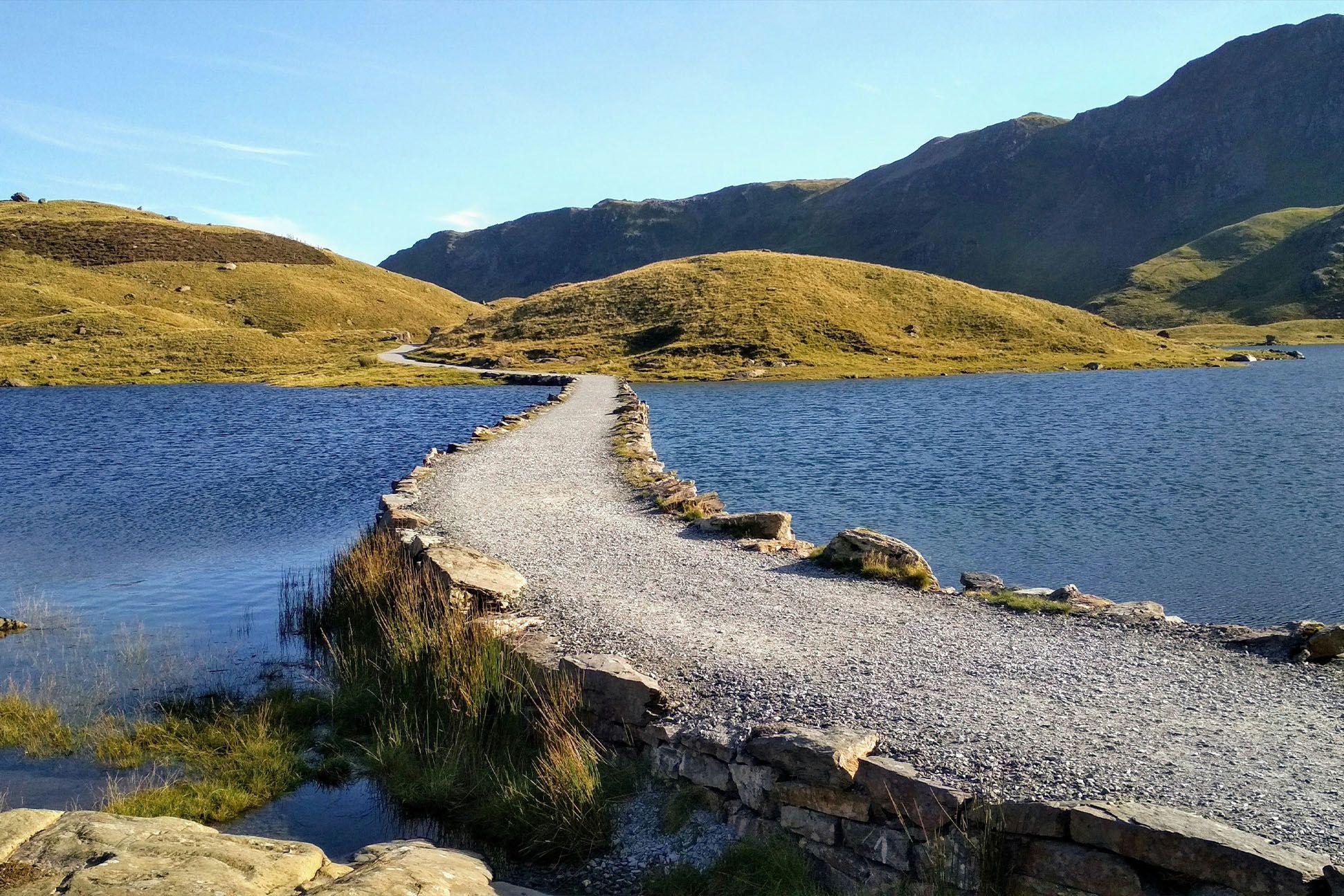
The East
National Park: The Broads
There’s nowhere in the UK like The Broads. They’re a mind-blowing 200km of navigable waterways, with all the incredible wildlife and scenery that comes along with it. In the Fens alone, you can find over 250 different kinds of creature – including the UK’s largest butterfly, the swallowtail! The Broads also have ‘Access Tested Trails’ to make understanding what you can navigate much easier, they include key logistical details and maps with a description of the route.
Nature Reserve: Great Fen
Great Fen is a project to connect Woodwalton Fen and Holme Fen, linking the two national nature reserves to create a haven for wildlife that spans 3,700 hectares – a phenomenal habitat. There’s even been sightings of common cranes, thought to have left the area over 400 years ago. Two all-terrain electric wheelchairs can be hired free of charge during weekdays for up to three hours from the Wildlife Trust Countryside Centre. They also have disabled-access paths, including to the disabled toilets and picnic area, disabled picnic benches, as well as an all-access bird hide.
Scotland
National Park: Cairngorms
The UK’s largest national park, The Cairngorms has to be seen to believed. At 1748sq miles, it’s an absolute behemoth, hiding within it an incredible array of wildlife to be discovered, from red squirrels to raptors, this wild wonderland is also the northernmost national park and as such, of course in The Highlands. Whilst it’s not the easiest in terms of accessibility, due to the naturally mountainous terrain, The Cairngorms has a number of different ways to accommodate everyone.
Nature Reserve: Loch of the Lowes
Not far from the Cairngorms, you’ll find The Loch of the Lowes, which is a large freshwater loch surrounded by woodland. You’ll spot all sorts of wildlife round here, but the main attraction is undoubtedly the female osprey that lives on site. But it’s not just the winged and finned creatures that take the stage. You’ll also see fallow and roe deer, as well of course, the red squirrel, if you’re quiet, patient and a little lucky. With fully accessible parking, toilets, visitor centre and a manual wheelchair to hire, it’s a great choice.
